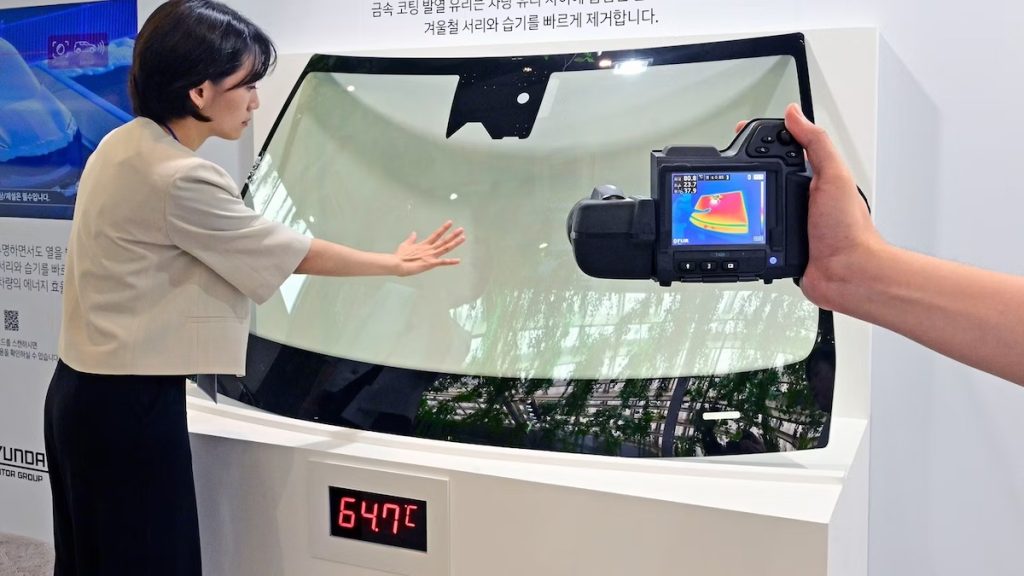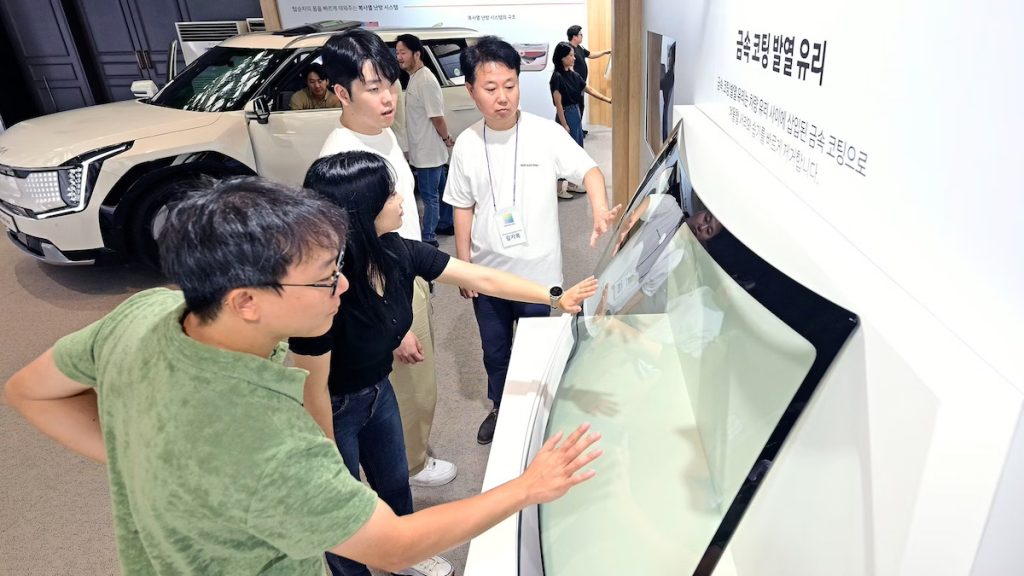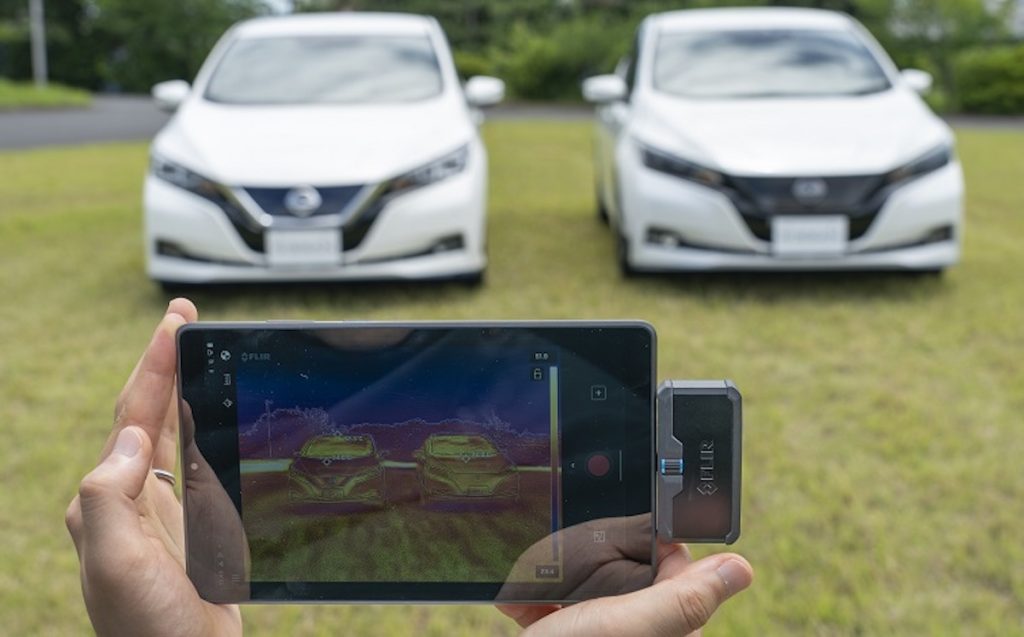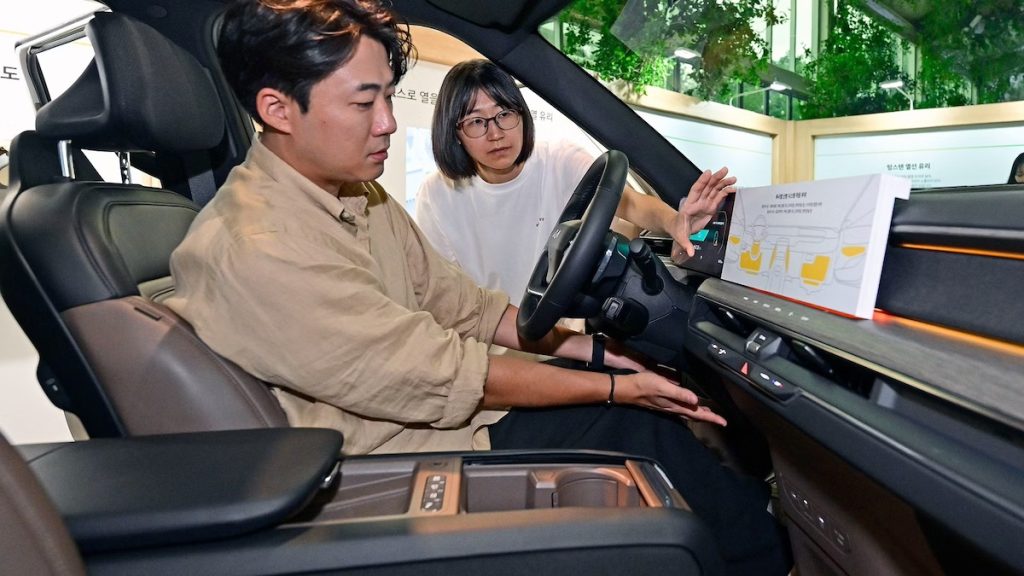Summer may be over in the Philippines but in other countries, it’s just starting, with temperatures even higher than what we experience locally. Meanwhile, some countries experience the opposite.
Truth is, seasons change all over the planet, which subject vehicle occupants to varying challenges in adapting to temperatures while on the road.
That said, automakers have been pouring R&D funds into increasing vehicle comfort by regulating cabin temperatures. Automotive giants Hyundai Motor Group and Nissan are leveraging innovative technology to make driving more comfortable while also enhancing energy efficiency.
Through advancements in technology, these companies have presented a crucial step towards creature comfort inside cars.
Hyundai Motor Group’s Groundbreaking Technologies

Hyundai and Kia have introduced three pioneering technologies designed to maintain cabin temperature and reduce energy consumption. These technologies are expected to be integrated into their future electric models, like the Ioniq 6 and EV9.
One of the standout innovations is the Nano Cooling Film, a sophisticated alternative to traditional window tinting. This film not only blocks infrared radiation but also allows heat to escape from the vehicle’s interior. The result? A cooler cabin upon return, with tests showing temperature reductions of up to 12ºC. The Nano Cooling Film also remains transparent, ensuring legality across various regions while reducing the need for energy-intensive climate control.

To combat colder temperatures, Hyundai and Kia have developed the Intelligent Radiant Heating System. This system targets specific areas within the cabin, such as the driver’s door and steering column base, providing warmth directly to passengers’ legs. More importantly, this radiant heating conserves up to 17% more energy compared to traditional systems, thus extending the range of electric vehicles in winter conditions. The system has been tested in prototypes, showcasing its potential for future models.
Another innovative feature is the Metal-Coated Heated Glass System, designed to defrost windshields quickly and efficiently. This transparent glass defrosts four times faster than conventional systems while consuming 10% less energy. Additionally, it blocks at least 60% of solar energy, further aiding in temperature regulation inside the vehicle. Hyundai and Kia have already filed patents for this technology, aiming to include it in their upcoming releases.
Nissan’s Innovative Approach


Nissan is also making strides in temperature regulation with its radiative paint technology. Partnering with Radi-Cool, Nissan is adapting a type of paint traditionally used on buildings to help cars stay cooler under the scorching sun. This innovative paint features microstructure particles that reflect and redirect heat rays away from the vehicle, reducing the need for air conditioning.
Currently being tested on support vehicles at Haneda Airport in Tokyo, this technology is proving effective in minimizing heat transfer and, consequently, lowering the energy demands of the climate control system—an essential factor for electric vehicles. Although the paint requires a thicker application than standard automotive finishes, Nissan is refining the technology for broader automotive use.
Video of Nissan’s Paint Technology
The Future of Automotive Comfort

These groundbreaking technologies from Hyundai, Kia, and Nissan showcase a commitment to improving in-car comfort while reducing energy consumption. As these innovations progress from prototypes to production models, drivers can look forward to more comfortable and energy-efficient vehicles, regardless of the season. This move highlights that the future of eco-friendly driving goes beyond electrification—every detail counts in enhancing the overall driving experience.

